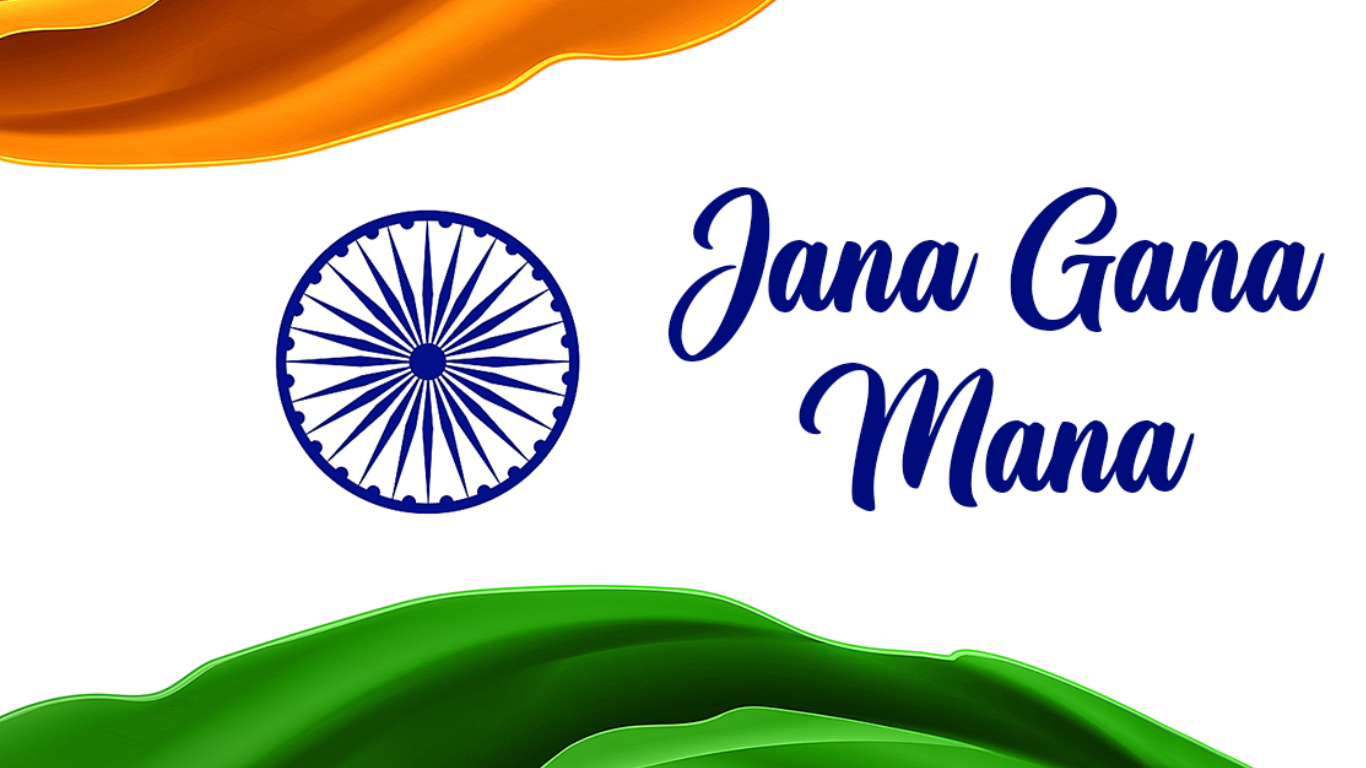India’s national anthem, “Jana Gana Mana,” is much more than a song; it is a deeply resonant symbol of the nation’s unity, diversity, and cultural richness. Written by Nobel laureate Rabindranath Tagore, the anthem’s history is closely linked to India’s struggle for independence and its emergence as a sovereign nation.
The Beginnings of “Jana Gana Mana”
The roots of India’s national anthem date back to December 1911, when Rabindranath Tagore’s composition, “Jana Gana Mana,” was first performed at the annual session of the Indian National Congress in Calcutta. The song, composed in a highly Sanskritized form of Bengali, celebrated India’s unity and diverse cultural heritage.
Its debut at the Congress session was significant, striking a chord with the Indian people during a time of British rule. “Jana Gana Mana” quickly became popular and was frequently sung at nationalist gatherings and events, capturing the spirit of the freedom movement.
The Debate Over the National Anthem
As India’s independence movement gained momentum, the choice of a national anthem became a matter of intense discussion. The debate centered on whether “Jana Gana Mana” or “Vande Mataram,” written by Bankim Chandra Chatterjee, should be selected. While “Vande Mataram” had inspired many freedom fighters, “Jana Gana Mana” was ultimately chosen for its secular and inclusive message, representing all Indians, irrespective of religion or community.
Adoption and Significance of the National Anthem
On January 24, 1950, just days before India became a republic, the Constituent Assembly officially adopted “Jana Gana Mana” as the national anthem. The anthem, comprising the first stanza of Tagore’s original composition, became a powerful symbol of India’s unity and pride.
Since then, “Jana Gana Mana” has played a pivotal role in shaping India’s national identity. It is sung at official functions, national celebrations, and sports events, serving as a constant reminder of the country’s shared values and unity.
Cultural Impact and Global Recognition
“Jana Gana Mana” is not just a symbol of national pride; it also represents the cultural diversity and richness of India. The anthem’s lyrics capture the essence of India’s geographical and cultural landscape, from the northern Himalayas to the southern seas.
Over the years, the anthem has been performed at numerous international events, symbolizing India’s pride and presence on the global stage. Its universal themes of unity, peace, and respect for all communities resonate with India’s commitment to secularism and democracy.
Contemporary Importance and Challenges
In today’s evolving India, “Jana Gana Mana” remains a cornerstone of the nation’s identity. It serves as a unifying force, bringing together people from different regions, religions, and cultures under a common banner. Despite occasional debates and controversies, the anthem continues to inspire a deep sense of pride and patriotism among Indians, both at home and abroad.
“Jana Gana Mana” stands as a lasting emblem of India’s unity and resilience, reflecting the nation’s journey from colonial rule to sovereign independence and its ongoing commitment to democracy and inclusivity.
ALSO READ: Modi On Independence Day: Reforms Will Forge India’s Path To Growth
















